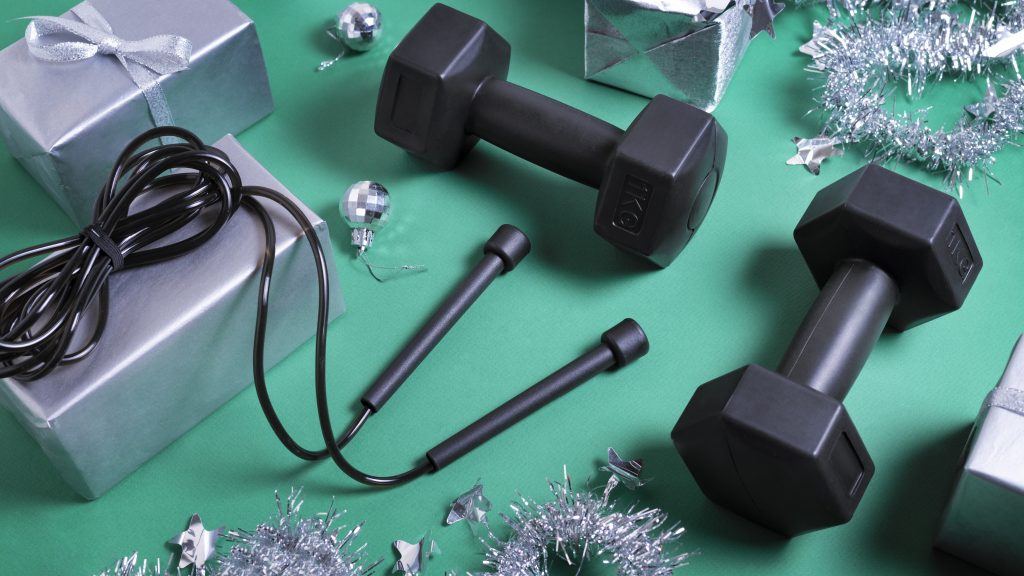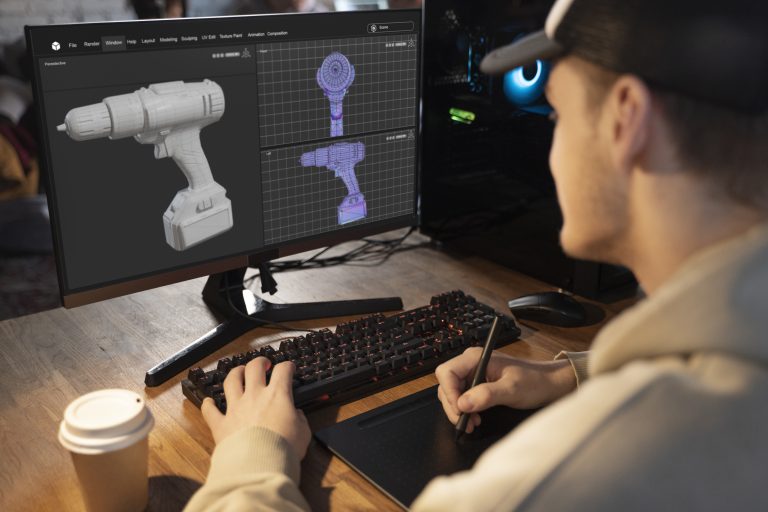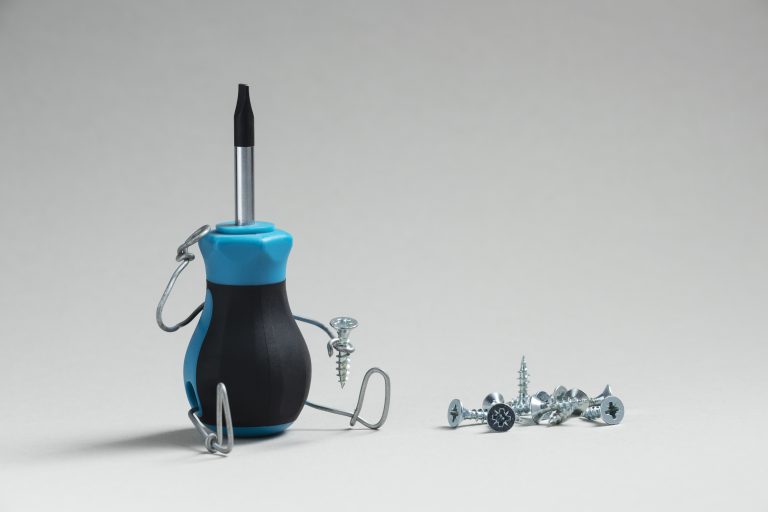The professional sports market is a vast industry, turning over huge amounts of money every day. So, it makes commercial sense to use the very best techniques and materials available to produce the equipment that will be used by the sector’s finest participants. Sports and fitness equipment is becoming lighter, stronger, more resilient and ergonomic.
It is essential that sports plastics evolve to keep pace with thee increasingly challenging and advanced levels at which sports men and women train, play and compete. Elite athletes depend on their equipment to keep them safe, enhance their performance and help them achieve their many ands varied goals on the field, pitch, track or court. The equipment must pass exacting standards in flexibility, protection, comfort, aesthetics and functionality.
This is where plastic injection moulding comes in – it’s the perfect manufacturing method for a huge range of fitness equipment innovations. Not only does it meet all of the above, it is cost-effective and flexible in terms of creating bespoke, one-off quality pieces, or mass-manufacturing standard sports equipment safely and at an affordable rate.
Sports plastics and fitness applications
Plastic injection moulding is used across a wide range of sports and fitness applications. Some of these include sports helmets and protective gear and padding, balls (golf balls, rugby balls, football balls, tennis balls – the list goes on), golf tees, football goal posts and nets, clubs, rackets, bats and sticks, archery and outdoor sports supplies, camping gear, sailing and rowing equipment and score boards. In fact, sports plastics can be found pretty much anywhere where sport is practised and played.
There are many good reasons for this,. Plastic injection moulded products are durable and robust, able to withstand multiple hits, whacks, swipes and impacts. They can be designed with great versatility. For example, child-sized equipment can be manufactured as easily as full sixed, or adult versions., Team and sponsor branding can be added as required in any colour and design.
Sports companies can choose from a wide range of plastics and materials too, to create the perfect sports plastics item for their needs. Different plastics have different properties that will be suited to various sports equipment applications and requirements. This helps to reduce waste and keep costs down, as customers can choose the exact materials they need and know that the finished results will be just what they need, whether they are designing something bespoke or ordering mass production of one or more items.
Other types of sports plastics and fitness equipment innovations
As well as the applications and uses mentioned above, plastic injection moulding can support the sports , fitness and leisure industry in many other ways. For example, the process is ideal for creating clothing that is flexible, breathable and waterproof, designed to withstand chill factor and be designed to match the team’s own branding and sponsorship obligations. Plastic is increasingly used in sports and fitness footwear too, helping to create aerodynamic, light weight trainers and running shoes that actively support the athlete in increasing their performance, keeping their feet healthy and reducing the impact of constant pounding the road or ground during a training session or race.
Sports plastics are widely used in gym equipment too, making it lighter in weight, safer to use and more resilient. Plastic is ideal for ropes, smaller toning weights, steps, gym machine fittings and more. Plastic gym equipment is easy to put up and take down in between classes and is easy to clean as well. Some of the most common plastics used for gym equipment include acrylic, acrylonitrile butadiene styrene and nylon. In addition, polypropylene fibres are used to make artificial turf and sports pitches that can withstand heavy use and adverse weather conditions.
Finally, plastic is playing an important part oi building the infrastructure around sports as well. For example, roofing, flooring and seating for spectators to enjoy a sports event in comfort and protected from the elements. Sports plastics are used in swimming pools, athletics arenas, stadia and training grounds. Again, they are easy to keep clean, cost-effective to produce, flexible to look after and can even be recycled in some cases to increase the sustainability and environmentally-friendly impact of sport and many sporting events.





